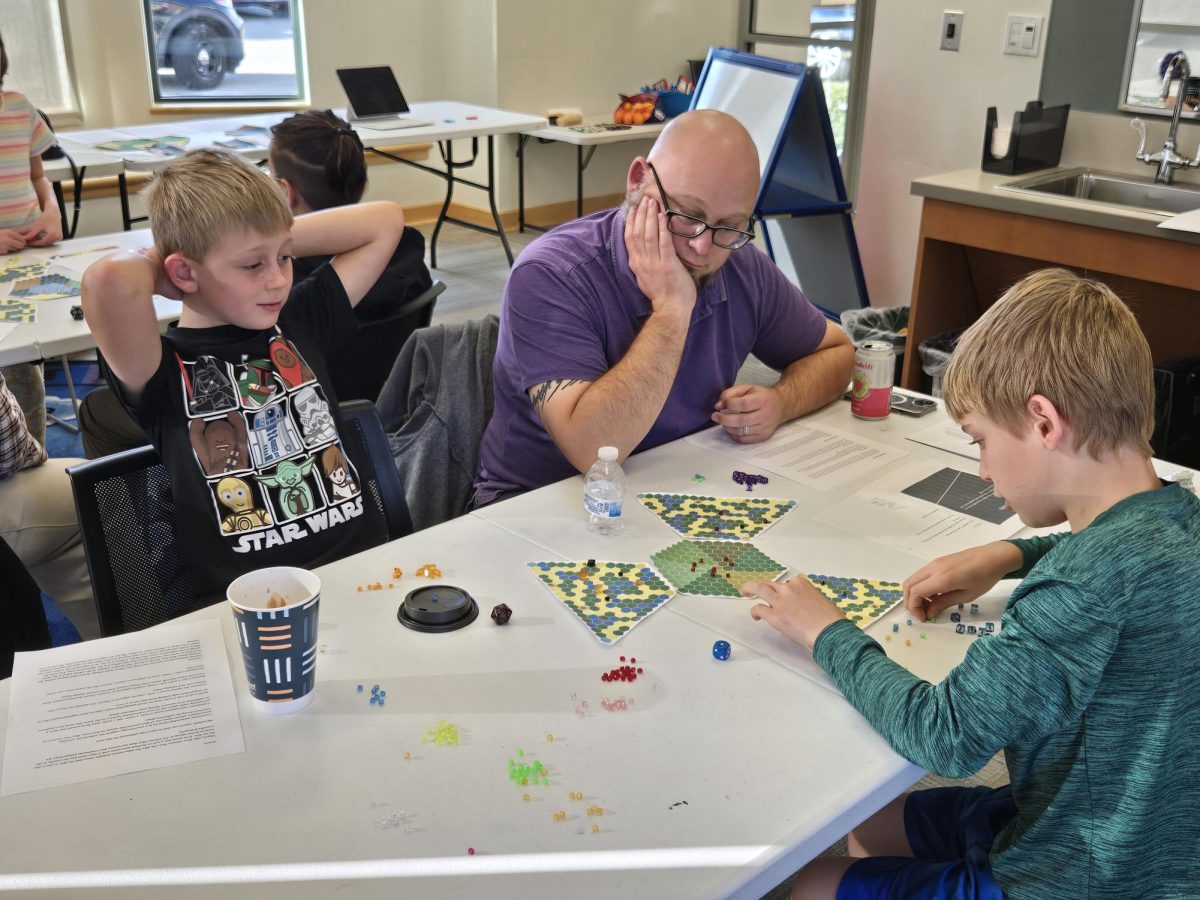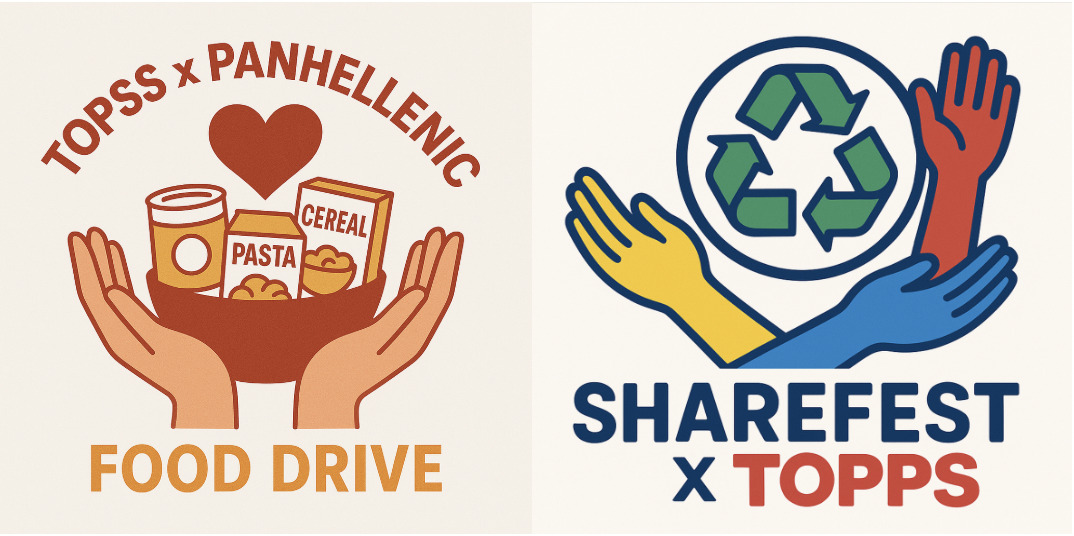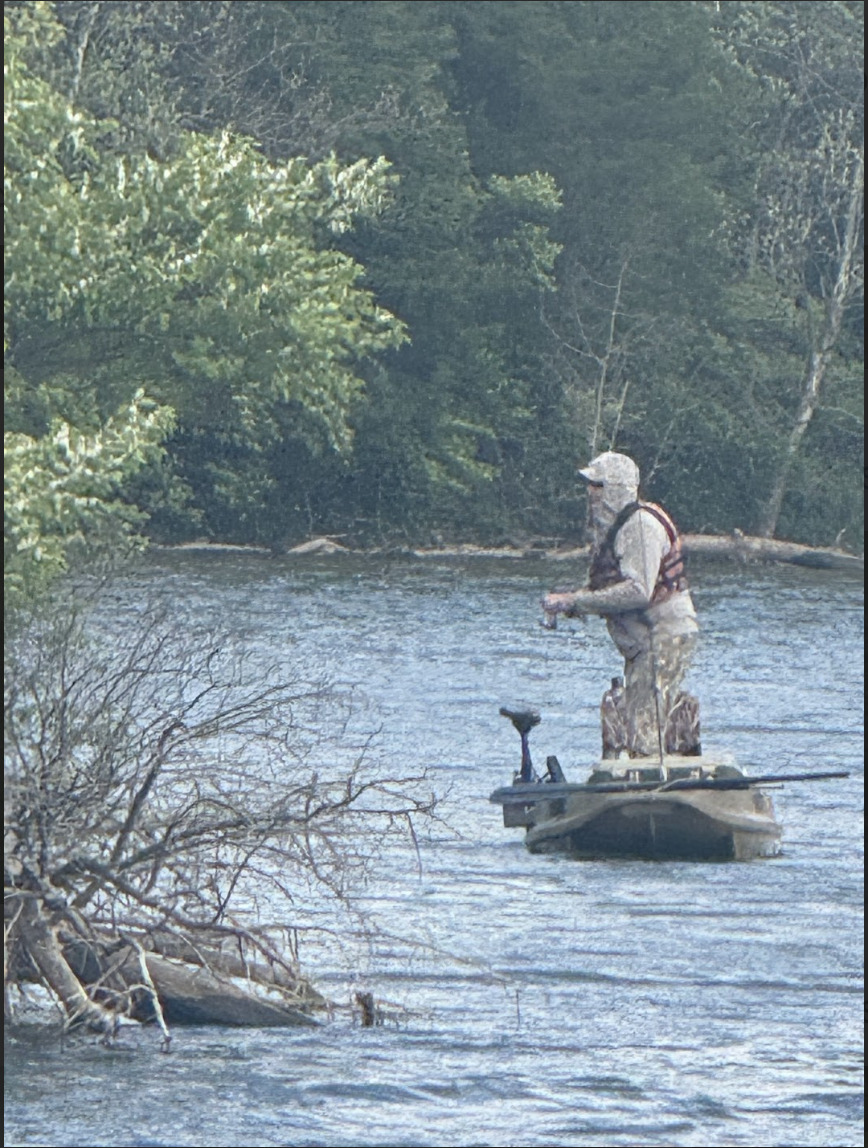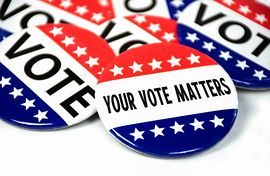Three families came to Oxford Lane Library Sunday with big goals. In groups of just three or four, they were confident they could prevent a forest fire, clean up a polluted lake or defeat “Big Oil.” They did this huddled around hexagonal pieces of paper, placing tiny colored beads to mark their progress toward saving the planet.
All these families were board game enthusiasts, and they came to the library that afternoon to be among the first people to play an original board game concept created by Miami University students. The game aims to teach some of the basics of conservation and community organization in a way that is collaborative and fun.
Logan Murray, a junior at Miami studying public administration, started working on the game about a year ago after a chance encounter with Laura Abondano, a biology visiting assistant professor. Murray, who was a math education major at the time, took interest in Abondano’s work with community outreach. They quickly recognized an opportunity to work together.
“She was like, ‘Do you want to help us figure something to bring down there and do more than just lecture at them and like really get them engaged?’” Murray said, recalling the meeting. “I’m like, ‘I would love to do that,’ and we thought for a while and eventually we came up with the idea to make a board game.”
He then approached his friend Aaron Wanko, also currently a junior, who he knew was interested in developing board games and was soon going to switch his major to games and simulations. They later also enlisted the help of another one of Murray’s friends who studies environmental engineering at University of Cincinnati.
The three of them developed three different versions of the game called “Ablaze,” “Polluted” and “Water Crisis.” Each mode has the players trying to prevent a different type of climate emergency. They do this by building partnerships with communities, which gives them the resources they need to combat the various natural threats. Their efforts can be helped or hindered by “climate factors,” like heavy rain or high winds, that are randomly drawn from a deck of cards throughout the game.
The playtesting they had done before Sunday was mostly among students who were familiar with the conservation aspects of the game and gave feedback on the facts that it hopes to teach. Murray and Wanko came to the library to ask families from the community a question they say is much more important: Is the game fun?
“What we did today is like the actual target for who we imagine would benefit the most from this game,” Murray said. “It’s families with kids that are like, ‘Hey, I want to learn about something, we enjoy playing board games, let’s do that.’”
Murray and Wanko spent much of the hour and a half moving between the tables to check on each group’s progress, clarify rules and explain the real-world context behind the game’s mechanics. They compared their game to popular board games like “Settlers of Catan” in playstyle, but also emphasized its unique collaborative nature.
Joe Hawkins and his sons Silas, 12, and Adler, 10, decided to put their efforts toward stopping a forest fire in “Ablaze.” Despite arriving at the program late, they were the first of the three groups to complete the game. While they acknowledge it was lucky that they drew the “rainy season” card, preventing the fire from spreading, Hawkins was not shy about their skill as a team.
“My kids are really good at board games,” Hawkins said.
The boys’ enthusiasm increased with each turn and each roll of the dice. They eagerly asked Murray and Wanko not only about the game’s rules and mechanics, but also about their inspiration in creating it and how real-life climate events related to what happened in each of their turns.
Once they had achieved victory, Silas immediately asked when he would be able to buy the game to play at home. His brother Adler felt inspired and ran out to the shelves to look for books about game design.
Hawkins said he and his family are regulars at the library as well as game lovers—he sometimes runs the library’s adult “Dungeons & Dragons” programs. He said he was excited by the challenge of playtesting a board game as well as the game’s educational value.
“Especially aiming it at kids is valuable as they go on to save the world,” he said, smiling at his sons.
Murray and Wanko said they have applied for an undergraduate research grant to make proper game boards, pieces and cards. All of the boards and cards at Sunday’s program were printed on paper, and the game pieces were simply a set of colored beads from Walmart. Wanko said they are also working with Miami’s games and simulation department to possibly showcase their concept at events like Gen Con, a large tabletop gaming convention that takes place in Indianapolis.
In the meantime, they are working on improving the game’s artwork and hoping to release a free “print and play” version of the game early next year. They are also planning to continue playtesting the game at events like Library Game Nights at King Library on Miami’s campus.







